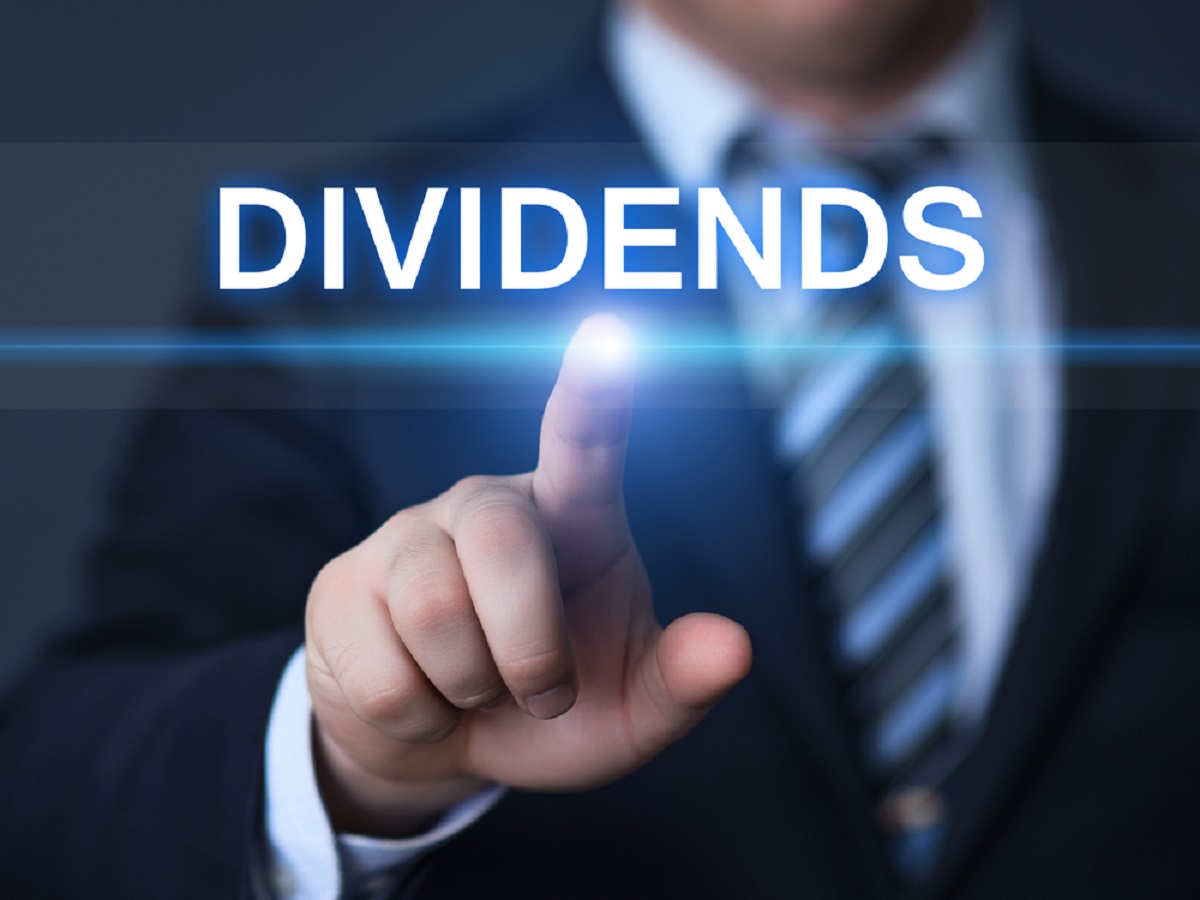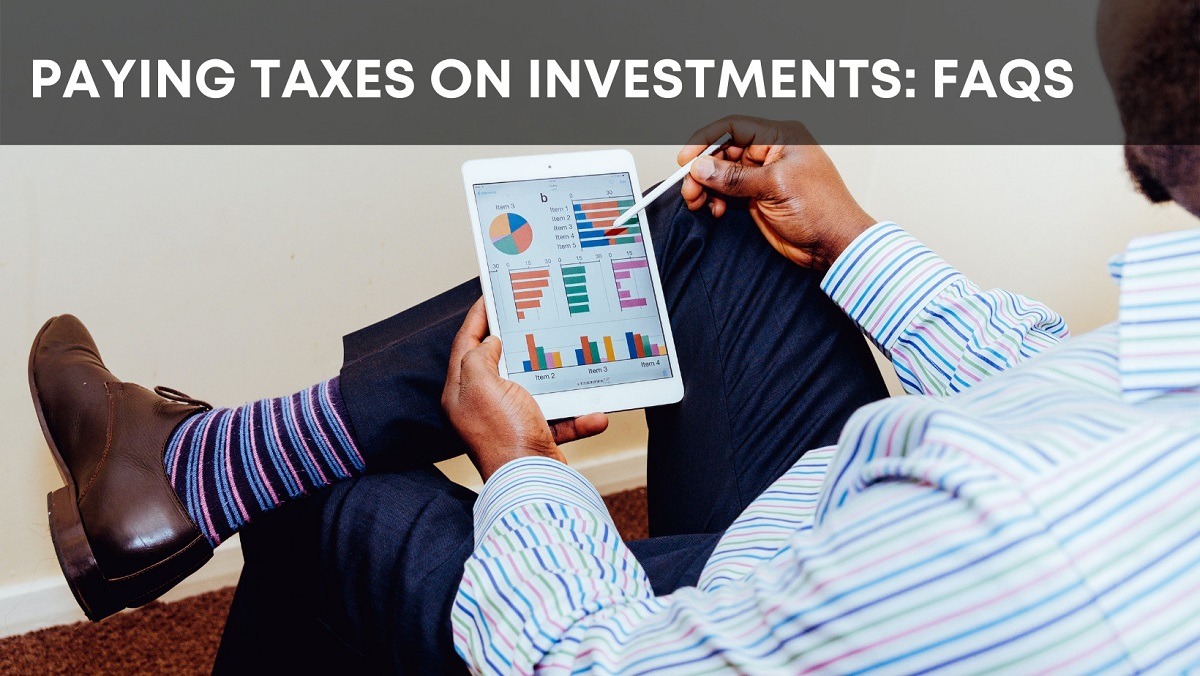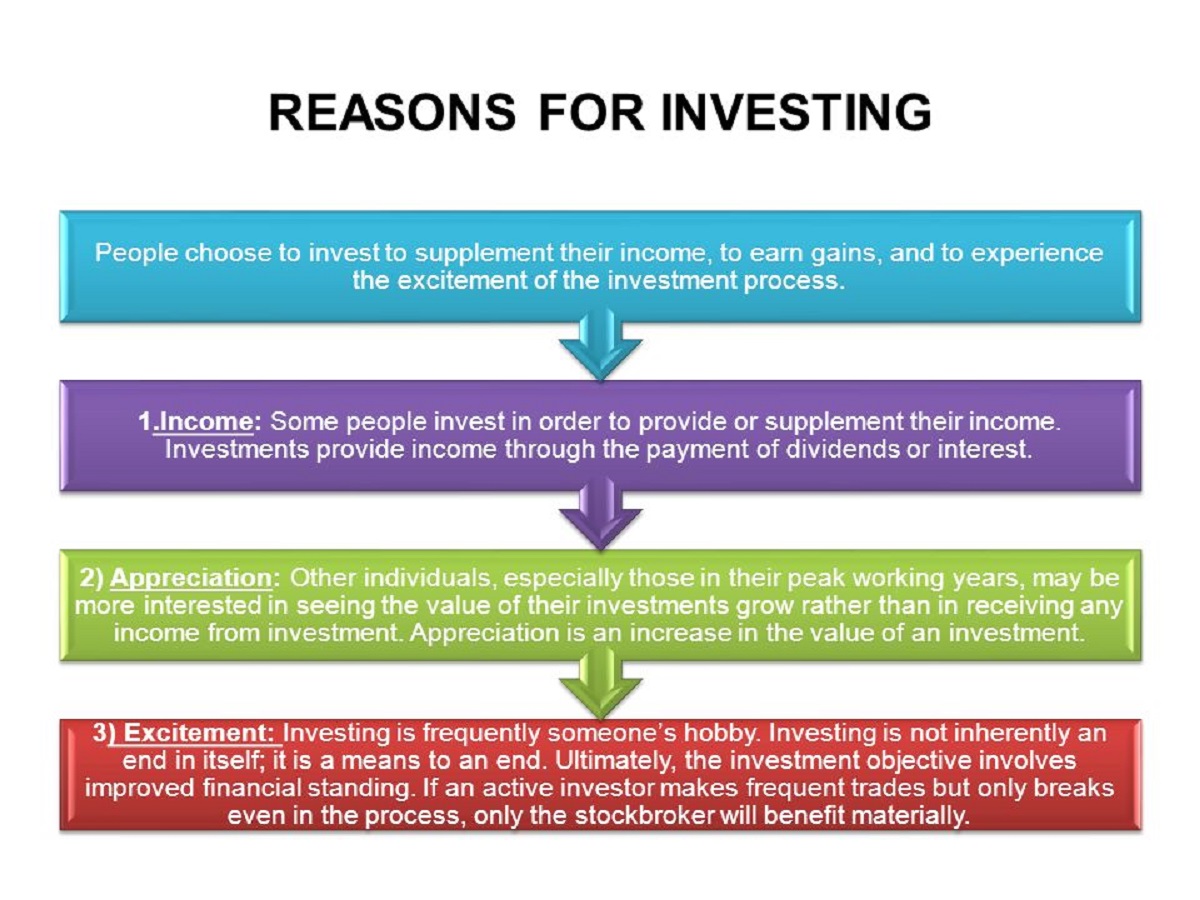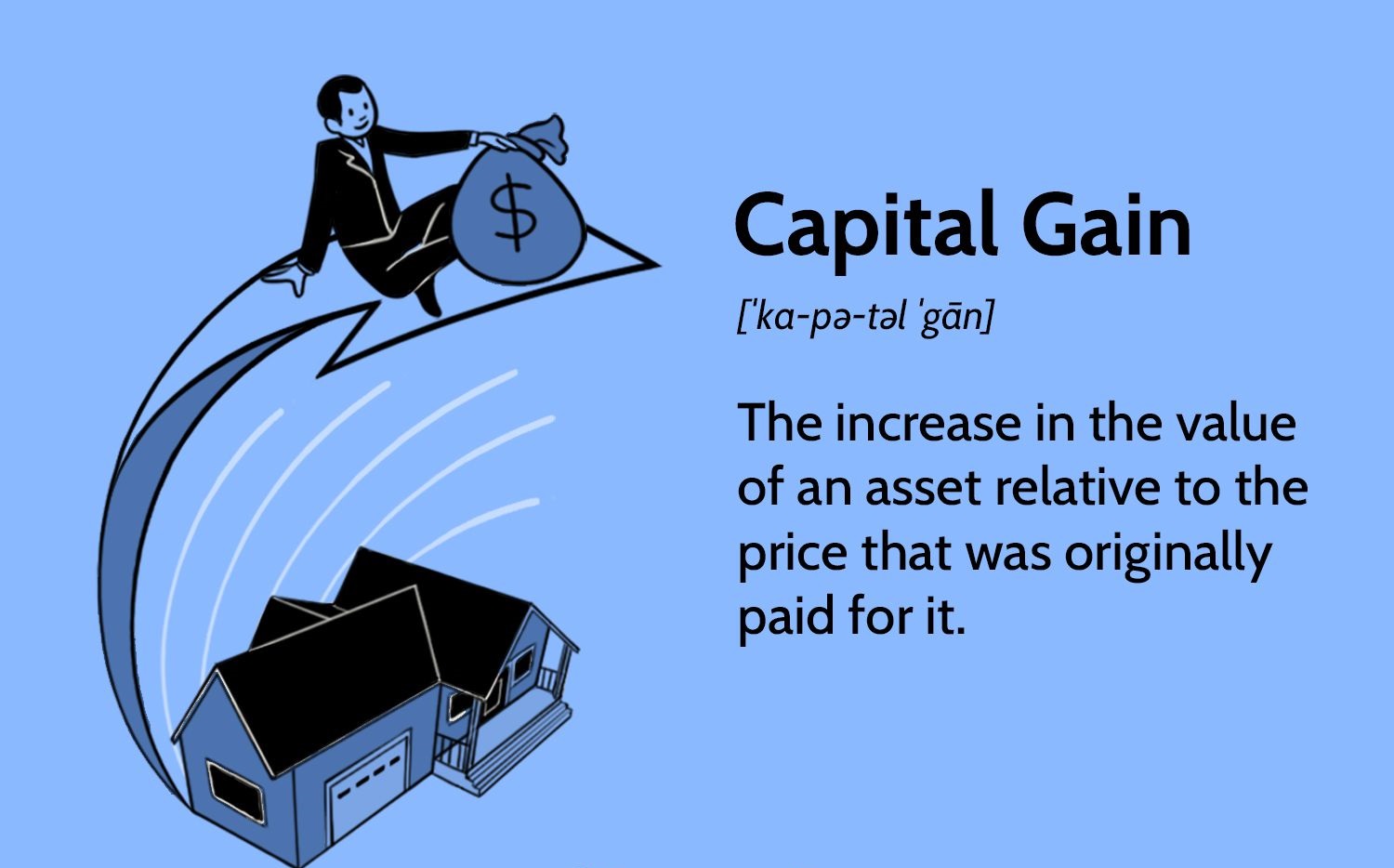Introduction
Facebook, founded by Mark Zuckerberg in 2004, has emerged as one of the most successful and influential companies in the world. With its social media platform boasting billions of active users, Facebook has revolutionized the way we connect, share, and communicate online. Despite being a powerhouse in the tech industry, one notable aspect of Facebook’s financial strategy is its decision not to pay dividends to shareholders. This has led to speculation and curiosity among investors and industry experts alike.
Dividends are typically distributed by companies to shareholders as a way to share their profits. They are a tangible return on investment for shareholders and can be seen as a sign of a company’s financial health. Many companies, especially established ones, choose to pay dividends to attract and retain investors. However, Facebook has deviated from this norm and has not paid dividends since its inception.
The decision not to pay dividends is rooted in Facebook’s growth strategy. As a tech company operating in a dynamic and ever-evolving industry, Facebook prioritizes reinvesting its earnings to fuel future growth and innovation. By reinvesting in research and development, acquiring other companies, and expanding its product offerings, Facebook aims to stay at the forefront of technological advancements and maintain its competitive edge.
Another way Facebook chooses to utilize its earnings is through stock buybacks. Stock buybacks involve repurchasing shares of the company’s own stock from the open market. This reduces the number of outstanding shares, which can lead to an increase in the value of the remaining shares. By engaging in stock buybacks, Facebook indirectly benefits its shareholders by enhancing the value of their holdings.
One key reason behind Facebook’s decision not to pay dividends is its lack of profitability in the early years of its operations. The company focused on rapid expansion and user acquisition, prioritizing market dominance over short-term profitability. While Facebook eventually achieved profitability, it continues to prioritize long-term growth and innovation over distributing dividends to its shareholders.
The Nature of Facebook
Facebook is not a typical company when it comes to its nature and business model. It is a technology-driven platform that thrives on user engagement and data monetization. Unlike traditional companies that generate revenue through the sale of products or services, Facebook generates its income primarily through targeted advertising.
Facebook’s core strength lies in its ability to gather vast amounts of user data and provide detailed insights to advertisers. By analyzing user behavior, demographics, and preferences, Facebook offers advertisers the opportunity to target specific audiences with precision. This targeted advertising model has proven to be highly lucrative for the company, resulting in substantial revenue growth over the years.
Furthermore, Facebook’s nature as a social media platform contributes to its exceptional ability to scale rapidly. With a global user base of over 2.8 billion monthly active users, Facebook can reach a vast audience and attract advertisers on a massive scale. This scale, combined with sophisticated algorithms and machine learning capabilities, allows Facebook to optimize ad placements and maximize ad revenue.
Additionally, Facebook’s nature as a technology company means that it operates in a fast-paced and competitive industry with ever-changing user preferences and emerging technologies. To stay ahead of the curve, Facebook needs to continually invest in research and development, innovation, and acquisitions. This requires substantial financial resources, which are better allocated towards fueling growth and maintaining market leadership rather than paying dividends.
Furthermore, paying dividends would impact Facebook’s ability to adapt quickly to industry changes and invest in future technologies. By retaining earnings, Facebook has the flexibility to pursue strategic initiatives, such as investing in emerging markets, expanding its product offerings, and developing new technologies like virtual reality and artificial intelligence. These investments not only drive future growth but also solidify Facebook’s position as an industry leader.
Overall, the nature of Facebook as a tech-driven platform that relies on user data monetization, its ability to scale rapidly, and its need to continually invest in innovation make it a unique company in terms of its financial strategy. As such, the decision not to pay dividends aligns with Facebook’s long-term goals and its commitment to staying at the forefront of the ever-evolving tech industry.
Growth Strategy
Facebook’s growth strategy is centered around expanding its user base, increasing engagement, and diversifying its revenue streams. As a tech giant, Facebook recognized early on that growth is crucial for sustained success in the fast-paced digital landscape.
One key aspect of Facebook’s growth strategy is its relentless focus on user acquisition. By continuously attracting and retaining new users, Facebook has been able to build a massive global user base. This user base not only provides a significant audience for advertisers but also strengthens Facebook’s network effect, making it more difficult for competitors to gain traction.
To drive user growth, Facebook has been proactive in adapting its platform to cater to changing user preferences and emerging trends. The company has introduced new features and functionalities, such as Facebook Live and Stories, to enhance user engagement and appeal to a wider audience. Additionally, Facebook’s acquisitions of Instagram and WhatsApp have allowed the company to expand its reach and tap into new demographics.
Another vital component of Facebook’s growth strategy is increasing user engagement. The more time users spend on the platform, the more opportunities Facebook has to serve them targeted ads. To achieve this, Facebook continually optimizes its algorithms and personalization techniques to deliver relevant and engaging content to its users. This personalized user experience not only increases engagement but also fosters user loyalty, leading to continued growth.
Furthermore, Facebook is actively diversifying its revenue streams to reduce its dependence on advertising. The company is exploring new avenues for monetization, such as e-commerce, gaming, and virtual reality. By leveraging its massive user base and technological capabilities, Facebook aims to tap into these lucrative sectors and create new revenue streams that can fuel future growth.
Additionally, Facebook’s growth strategy extends beyond its core platform. The company has been investing in other emerging technologies and markets, such as artificial intelligence and developing countries. These strategic investments allow Facebook to stay at the forefront of innovation and position itself for long-term growth in untapped markets.
Overall, Facebook’s growth strategy is multifaceted, encompassing user acquisition, engagement optimization, diversification of revenue streams, and strategic investments. By executing this comprehensive approach, Facebook has been able to maintain its position as a leading player in the tech industry and continues to drive its growth trajectory forward.
Reinvestment of Earnings
Facebook’s decision to reinvest its earnings rather than paying dividends stems from its commitment to fueling long-term growth and innovation. By reinvesting its earnings back into the business, Facebook can allocate financial resources strategically to expand its offerings, improve its infrastructure, and pursue new market opportunities.
One major area where Facebook reinvests its earnings is in research and development (R&D) activities. As a technology company, Facebook understands the importance of remaining at the forefront of innovation. By investing in R&D, Facebook can develop new features, improve existing products, and explore emerging technologies. These investments not only enhance the user experience but also give Facebook a competitive edge in the ever-evolving digital landscape.
Furthermore, Facebook’s reinvestment of earnings extends to the acquisition of other companies. The company has a history of acquiring promising startups that possess innovative technologies or offer strategic synergies. Notable acquisitions include Instagram, WhatsApp, and Oculus VR. These acquisitions not only expand Facebook’s product portfolio but also bring in new talent and intellectual property.
In addition to R&D and acquisitions, Facebook also directs its reinvested earnings toward infrastructure and capacity expansion. The massive scale of Facebook’s operations requires robust infrastructure to handle its billions of daily active users and the vast amount of data they generate. By investing in data centers, servers, and network infrastructure, Facebook can ensure a seamless user experience and accommodate future growth.
Moreover, Facebook’s reinvestment of earnings is directed towards enhancing data security and privacy measures. As concerns over data privacy continue to grow, the company recognizes the need to invest in robust security systems and privacy safeguards. By doing so, Facebook can foster trust among its users and maintain its position as a reliable platform for sharing and connecting.
By reinvesting its earnings in various strategic initiatives, Facebook demonstrates its commitment to delivering value to its users and shareholders alike. While dividends may provide immediate returns to shareholders, Facebook believes that reinvesting earnings for long-term growth leads to greater value creation in the future.
Overall, the reinvestment of earnings allows Facebook to continuously innovate, expand its product offerings, and strengthen its competitive position in the market. By allocating its resources strategically, Facebook is able to drive sustainable growth and maintain its dominance in the ever-evolving tech industry.
Stock Buybacks
While Facebook has chosen not to pay dividends, the company has utilized stock buybacks as a means of returning value to its shareholders. Stock buybacks, also known as share repurchases, involve the company repurchasing its own shares from the open market.
Stock buybacks benefit shareholders in several ways. Firstly, by repurchasing shares, Facebook effectively reduces the number of outstanding shares in circulation. This reduction in the supply of shares can lead to an increase in the value of the remaining shares. Therefore, for existing shareholders, stock buybacks can result in a higher value per share and potentially increase their overall wealth.
Secondly, stock buybacks provide an alternative to dividend payments by allowing shareholders to sell their shares back to the company at a premium. This provides shareholders with the flexibility to generate liquidity from their investment in Facebook if they so desire.
The decision to engage in stock buybacks is determined by several factors, including Facebook’s assessment of its stock’s value relative to its intrinsic worth. When Facebook’s management believes that the stock is undervalued, they may decide to repurchase shares as a way to capitalize on this perceived discrepancy.
Additionally, stock buybacks serve as a strategic tool for managing the company’s capital structure. By repurchasing shares, Facebook can optimize its capital allocation and improve its financial metrics. This can have positive implications for investors, as it demonstrates that the company is proactively managing its financial resources.
It’s important to note that stock buybacks also have their critics. Some argue that companies engaging in buybacks could be better off using those funds for other purposes, such as research and development or capital investments. Others raise concerns about the potential for market manipulation or short-term focus at the expense of long-term growth.
However, for Facebook, stock buybacks have played a role in returning value to shareholders and reinforcing investor confidence in the company. By strategically repurchasing shares, Facebook has been able to enhance shareholder returns and demonstrate its commitment to optimizing shareholder value.
Overall, while Facebook has not paid dividends to shareholders, the company’s utilization of stock buybacks serves as an alternative method for returning value to shareholders. By reducing the number of outstanding shares and potentially increasing stock value, Facebook leverages stock buybacks as a strategic tool for increasing shareholder wealth and enhancing its financial metrics.
Lack of Profitability
Facebook’s decision not to pay dividends can partly be attributed to its lack of profitability in the early years of its operations. Instead of focusing on short-term profitability, Facebook prioritized rapid expansion, user acquisition, and market dominance.
During its initial years, Facebook invested heavily in infrastructure, technology development, and talent acquisition. These investments, necessary for scaling the platform and attracting a large user base, resulted in significant expenses that outweighed the company’s revenue.
Furthermore, Facebook adopted a freemium business model, providing its social media platform for free to users while generating revenue through targeted advertising. This model required significant investment in building and refining its advertising capabilities, as well as continuously improving user experience to drive engagement and attract advertisers.
As a result, Facebook did not generate consistent profits in its early years, with the company reporting losses or modest profits. While profitability is a key factor in determining the ability to pay dividends, Facebook’s focus was on long-term growth rather than immediate returns to shareholders.
However, Facebook’s lack of profitability did not hinder its ability to attract investors. The company’s potential for future growth and its dominance in the social media landscape allowed it to secure significant funding from venture capitalists and public investors.
In recent years, Facebook has experienced substantial growth in both revenue and profitability. The company’s targeted advertising model, coupled with its massive user base, has fueled its financial success. Despite this growth, Facebook continues to prioritize reinvesting earnings in areas such as research and development, strategic acquisitions, and technological innovations.
Facebook’s focus on long-term growth and innovation has proven to be fruitful, as the company’s financial performance and market valuation have significantly increased over time. This strategy has allowed Facebook to maintain a strong position in the market and continue to adapt to the evolving digital landscape.
Overall, Facebook’s lack of profitability in its early years played a role in the company’s decision not to pay dividends. By prioritizing investment in growth and innovation, Facebook has been able to achieve sustainable profitability and provide long-term value to its shareholders.
Strategic Priorities
Facebook’s strategic priorities encompass a range of initiatives that guide the company’s decision-making and resource allocation. These priorities shape Facebook’s business strategy and provide a roadmap for achieving long-term growth and success.
One of Facebook’s primary strategic priorities is to continually innovate and enhance its products and services. This involves investing in research and development to develop new features, improve user experience, and stay ahead of emerging trends. By continuously innovating, Facebook can retain and attract users, strengthen its competitive position, and drive user engagement and ad revenue.
Another strategic priority for Facebook is to expand its global reach and connect the unconnected. The company recognizes the immense potential in untapped markets, especially in developing countries where internet access is still limited. Facebook invests in initiatives such as Internet.org and Free Basics, aiming to bring affordable internet access to underserved communities and consequently increase its user base and potential market for advertisers.
Data privacy and security also rank high on Facebook’s strategic priority list. The company acknowledges that users’ trust is paramount for its sustained success. Facebook is committed to improving data protection measures, enhancing privacy settings, and being transparent about data usage to address concerns over privacy breaches. By prioritizing data privacy, Facebook aims to maintain user trust and confidence in its platform.
Furthermore, Facebook has made social responsibility a significant strategic priority. Through its philanthropic arm, the Chan Zuckerberg Initiative, Facebook is committed to using technology to tackle global challenges in areas such as education, healthcare, and social equality. By leveraging its resources and expertise, Facebook aims to make a positive impact and give back to communities around the world.
Additionally, Facebook’s strategic priorities include strategic acquisitions and partnerships. The company actively seeks opportunities to acquire companies with innovative technologies or products that align with its vision. By integrating these acquisitions into its platform, Facebook can expand its offerings and tap into new markets. Partnerships with other organizations also enable Facebook to leverage synergies and enhance its capabilities.
Lastly, as a tech giant, Facebook recognizes the importance of staying on top of emerging technologies. Strategic priorities revolve around exploring artificial intelligence, virtual reality, and augmented reality to unlock new possibilities and shape the future of communication and social interaction.
In summary, Facebook’s strategic priorities revolve around innovation, global expansion, data privacy, social responsibility, strategic acquisitions, and technological advancements. By aligning its resources and efforts with these priorities, Facebook aims to drive sustained growth and maintain its position as a leading player in the tech industry.
Conclusion
Facebook’s decision not to pay dividends stems from its growth-oriented business strategy and commitment to long-term innovation. By reinvesting its earnings into research and development, strategic acquisitions, infrastructure, and new market opportunities, Facebook fuels its continuous expansion and maintains its position as a tech industry leader.
The nature of Facebook as a technology-driven platform, with its focus on user engagement and data monetization, contributes to its unique financial approach. The company’s growth strategy centers around expanding its user base, increasing user engagement, diversifying revenue streams, and exploring emerging technologies and markets.
While dividends are a common way for companies to return value to shareholders, Facebook has chosen to pursue stock buybacks as an alternative. By repurchasing shares from the open market, Facebook increases the value of remaining shares and provides liquidity options for shareholders.
Facebook’s lack of profitability in the early years of its operations contributed to its decision not to pay dividends. Instead, the company prioritized rapid expansion and market dominance, investing heavily in infrastructure, technology development, and talent acquisition.
Strategic priorities drive Facebook’s decision-making and resource allocation. The company focuses on continuous innovation, global expansion, data privacy, social responsibility, strategic acquisitions, and exploring emerging technologies. These priorities shape Facebook’s business strategy and guide its efforts to deliver long-term value to its users and shareholders.
In conclusion, while Facebook may not pay dividends, its financial strategy is centered around reinvesting earnings to drive growth, innovation, and market leadership. By aligning its resources with strategic priorities, Facebook continues to evolve and shape the future of the digital landscape.

























